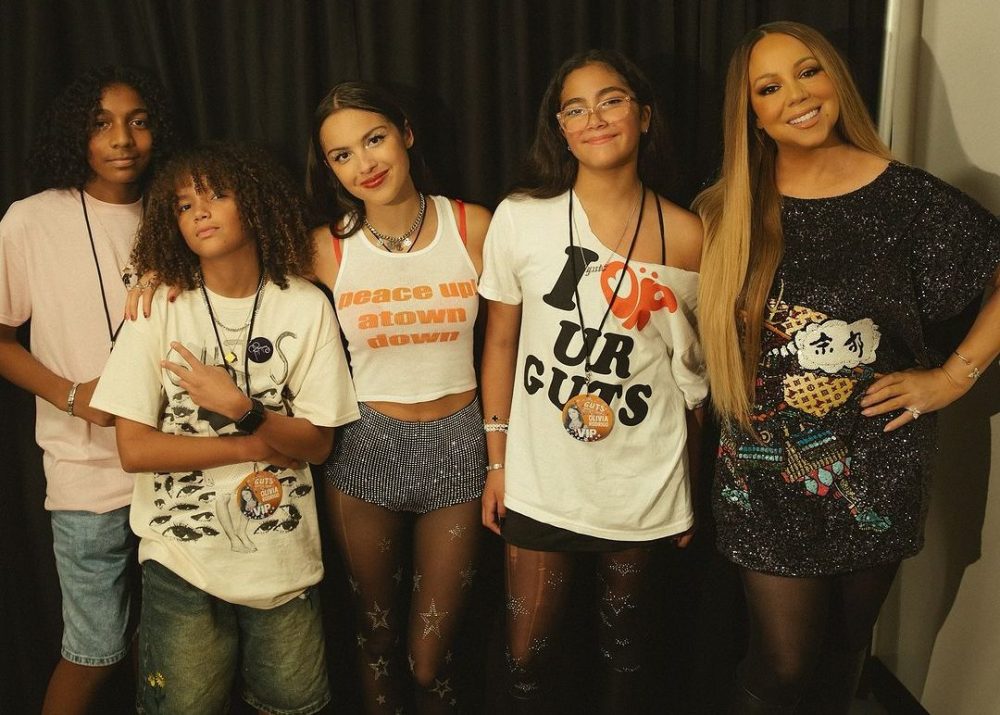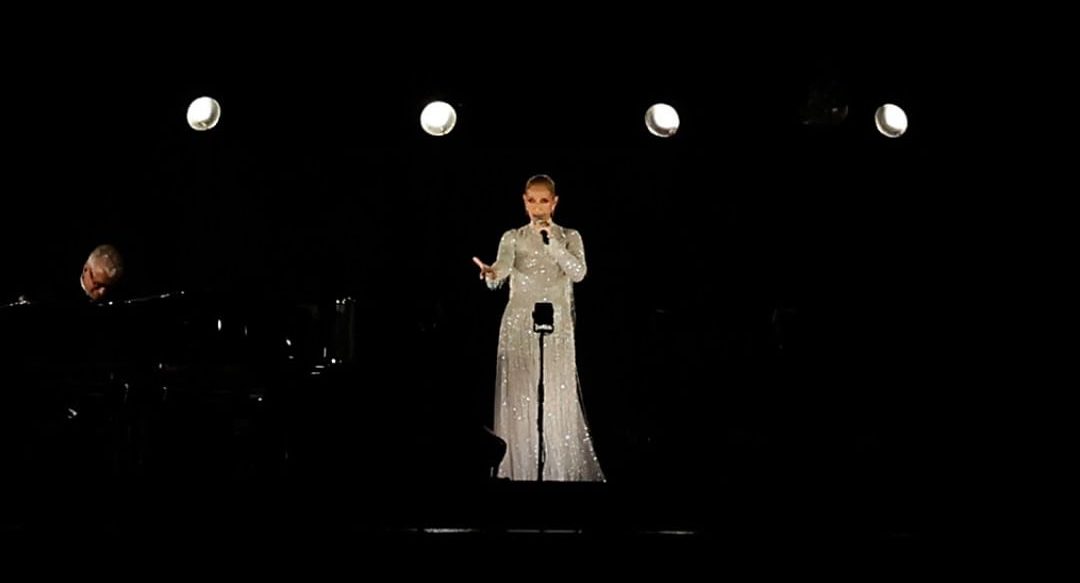When we go to a church, mosque, or any other religious place, we tend to dress a certain way to appear more modest. However, when we decide to let loose at a bar or a nightclub, we sometimes go for more adventurous, scanty articles of clothing. Similarly, when we dress up for the office or for a presentation, we follow are strictly formal dress code–the way we dress is often predicated by the occasion or the location.
Jeans go way back to the 16th century, but Levi Strauss popularized them in the 1870s as a cheap source of utilitarian clothing for working-class people. Do you know how the bikini became popular? Keep on reading to find out.
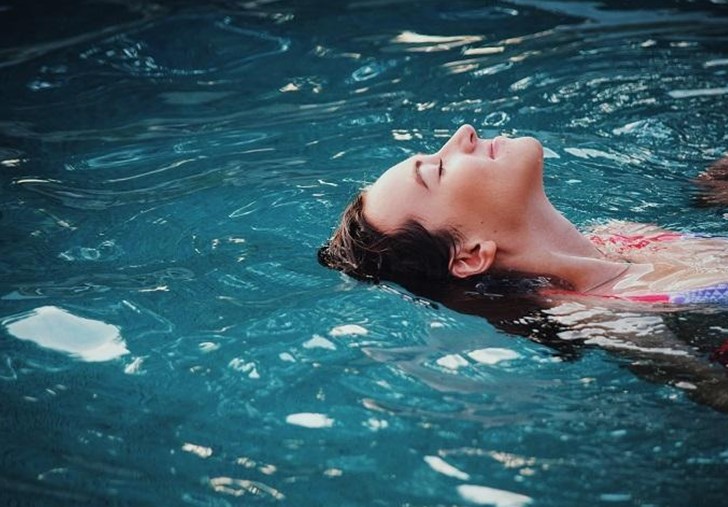
haleyephelps/Unspash | After its introduction, the bikini became an instant hit
Bikinis were named after a Hydrogen bomb testing event
That’s right! Bikinis are so hot that they had to be named after a potentially dangerous nuclear explosion. In July of 1946, the United States tested two nuclear bombs in the central Pacific Ocean on an island called Bikini Atoll. Even today, news of bomb tests makes global news, so one can imagine how big of an event this was in back 1946. The following year, two French designers, Jacques Heim and Louis Réard came up with prototypes of the bikini and it was Réard who gave it its “dangerous” name.
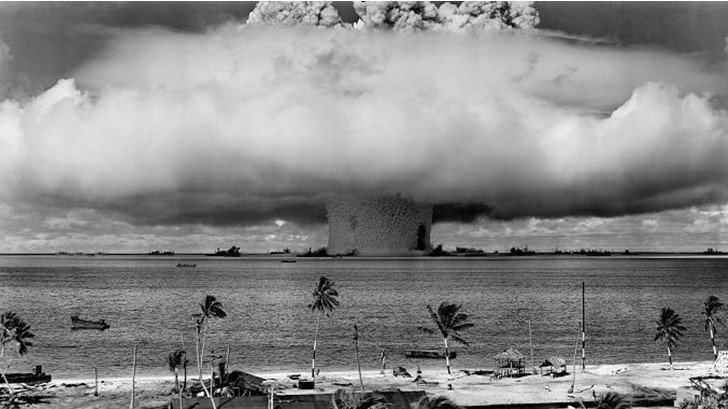
Pixabay/Pexels | Bikinis were named after a hydrogen bomb testing event
Réard found it difficult to find a model for his swimsuit
Back in the mid-1900 times were very different and people were less bold, more prude, or depending on your perspective, more decent and modest. So, when it was time for Réard to cast a model interested in appearing almost nude in the newspapers and magazines for his ad campaign, doing so proved to be quite the arduous task.
In the end, he managed to employ the services of Micheline Bernadini, a young exotic dancer to model for the campaign. The publicity stunt paid off and Micheline ended up receiving over 50,000 fan letters, mostly from men–the bikini had become an instant hit.
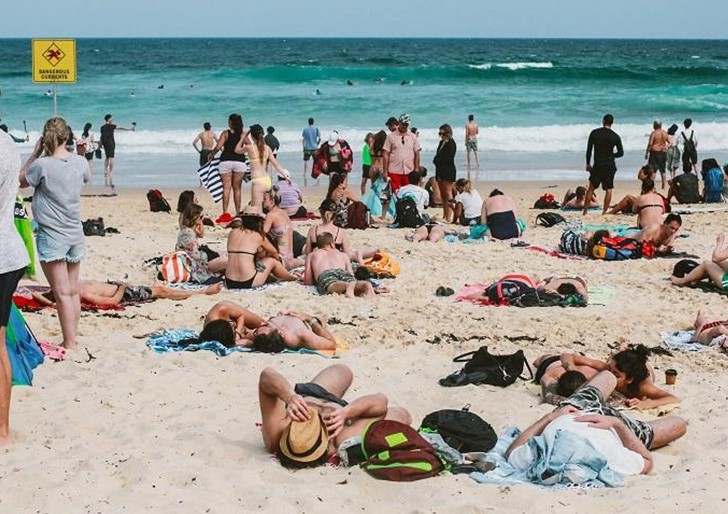
Belle co/Pexels | Wearing a bikini at the beach has quickly become the norm
Bikinis and Swimsuits were considered indecent and too revealing
Even after their initial rise in popularity, there was tremendous resistance and pushback from governments, political bodies and individuals who campaigned against the prospect of a bikini as a clothing item. Italy and Spain came up with policies to prohibit bikinis at public beaches and even in the United States during the ‘60s, there was a lot of opposition to the bikini. It wasn’t until Youthful Liberation Activism and other such movements made way for a new era that saw bikinis become acceptable and a societal norm.








